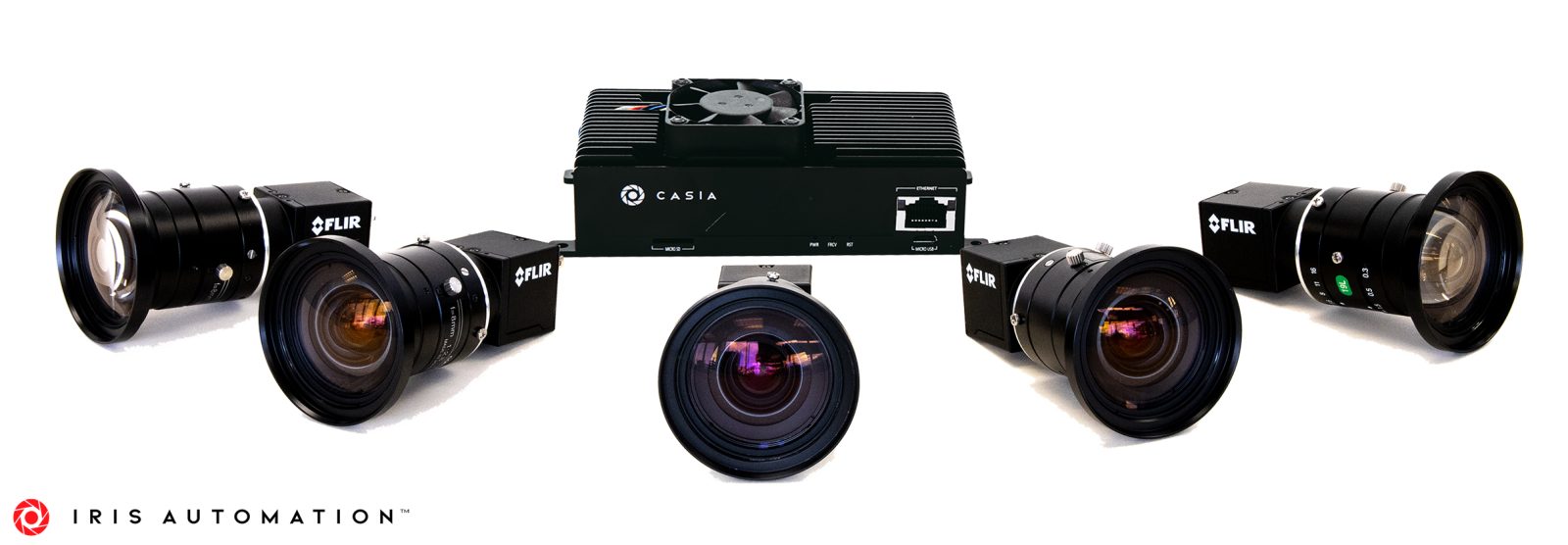
Leading US drone safety technology company Iris Automation and 65-year old German aviation supply firm Becker Avionics are teaming up to develop new detection and avoidance solutions that allow piloted aircraft and uncrewed aerial vehicles (UAV) to identify potential collision risks and steer clear of them.
Partnership to develop enhanced detection and avoidance for piloted craft and UAVs
The pair say they’re fusing their respective talents into new technology that enhances situational awareness and ensures the safety of all aerial vehicles using it. Their plan is to harness the power of computer vision and machine learning in a product that will be able to detect nearing aircraft beyond the pilot’s range of sight; establish the degree of risk involved; and issue audio warnings and provide optimal avoidance measures to be taken.
That effort will match Iris Automation’s Casia spot-and-circumvent assets with Becker Avionics’ advanced communication and navigation equipment. The pair plan on making the product available to aircraft carrying people to avoid other planes, as well as nearby uncrewed drones. Operators of UAV will also be able to use the asset to navigate clear of potential collisions.
Their objective is to offer a dual opto-electric and audio system that can monitor airspace in visual flight conditions independent of the radio-based signaling systems often on board aircraft. That is intended to enhance a pilot’s situational awareness generally, and particularly during moments of visual distraction like scanning flight instruments or checking other craft details.
Greater safety, no extra work for pilots
Meanwhile, by providing external aircraft scanning in areas beyond the pilot’s field of sight, the Iris-Becker tech aims to provide detection alerts before risks become too dangerous, and thereby leave crew more time to undertake advised avoidance measures. That, the partners say, will improve flight safety without loading additional monitoring responsibilities on pilots.
“Partnering with an innovator like Iris Automation will allow our customers to exploit advanced technology to fly safer, especially as airspace congestion increases,” says Becker Avionics chairman Rolland Becker. “Client interest in this kind of solution is very high, and our ability to service both their cockpit and remote pilot safety needs is unique in the industry.”
“This relationship is a pivotal move for Iris Automation as it defines and accelerates our work in the general aviation space,” agrees Jon Damush, CEO of Iris Automation. “Our core mission is to improve air safety by avoiding collisions and this extension of our technology is a natural evolution. We are excited to be able to work with one of the most storied brands in the industry to deliver this important innovation.”
According to the Bureau of Transportation Statistics, 1,450 near mid-air collisions were reported from 2016 to 2020, with 82% of all mid-air collisions occurring from behind. When it goes to market, the Iris-Becker detection and avoidance intends to provide eyes not only in front of and behind craft, but also farther than pilots themselves can see.
FTC: We use income earning auto affiliate links. More.




Comments